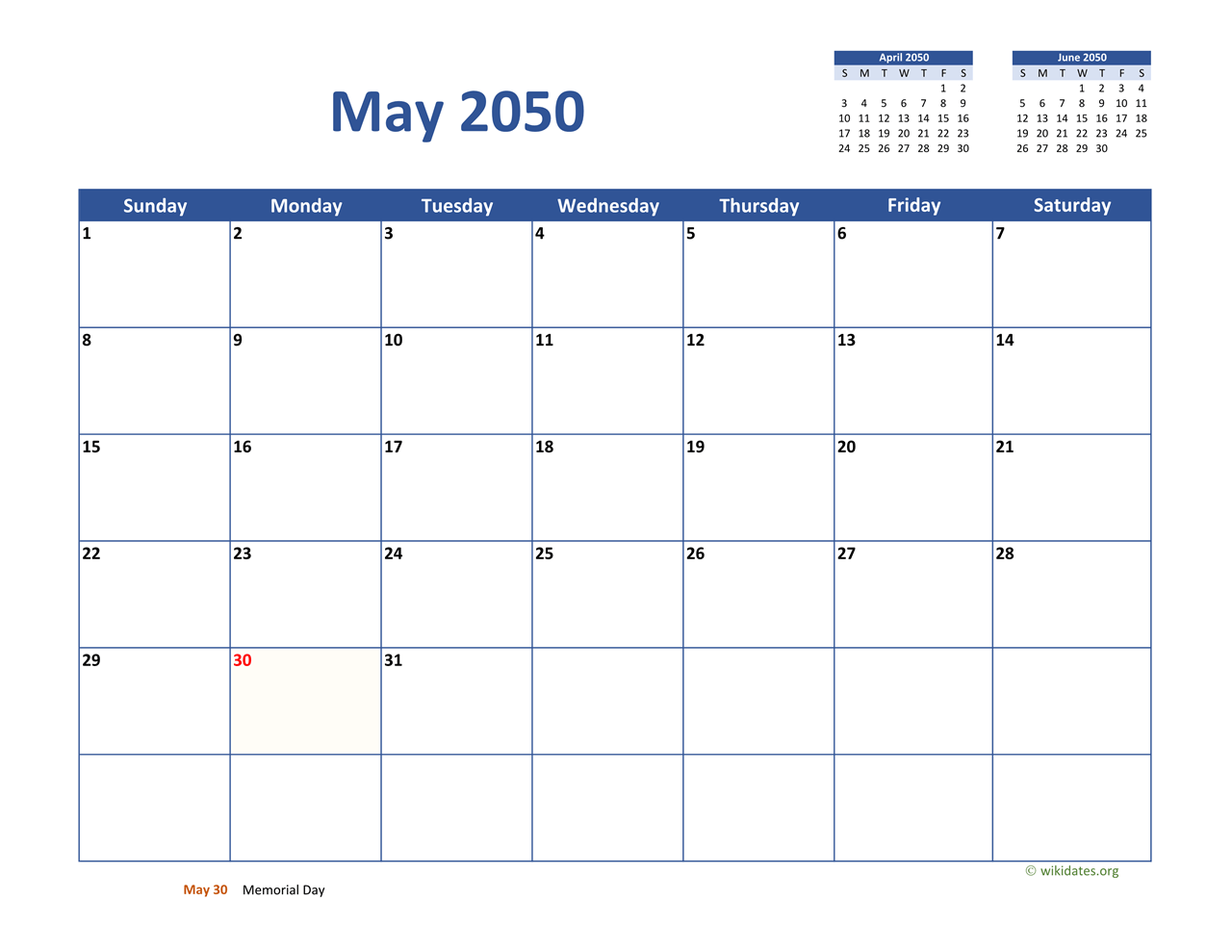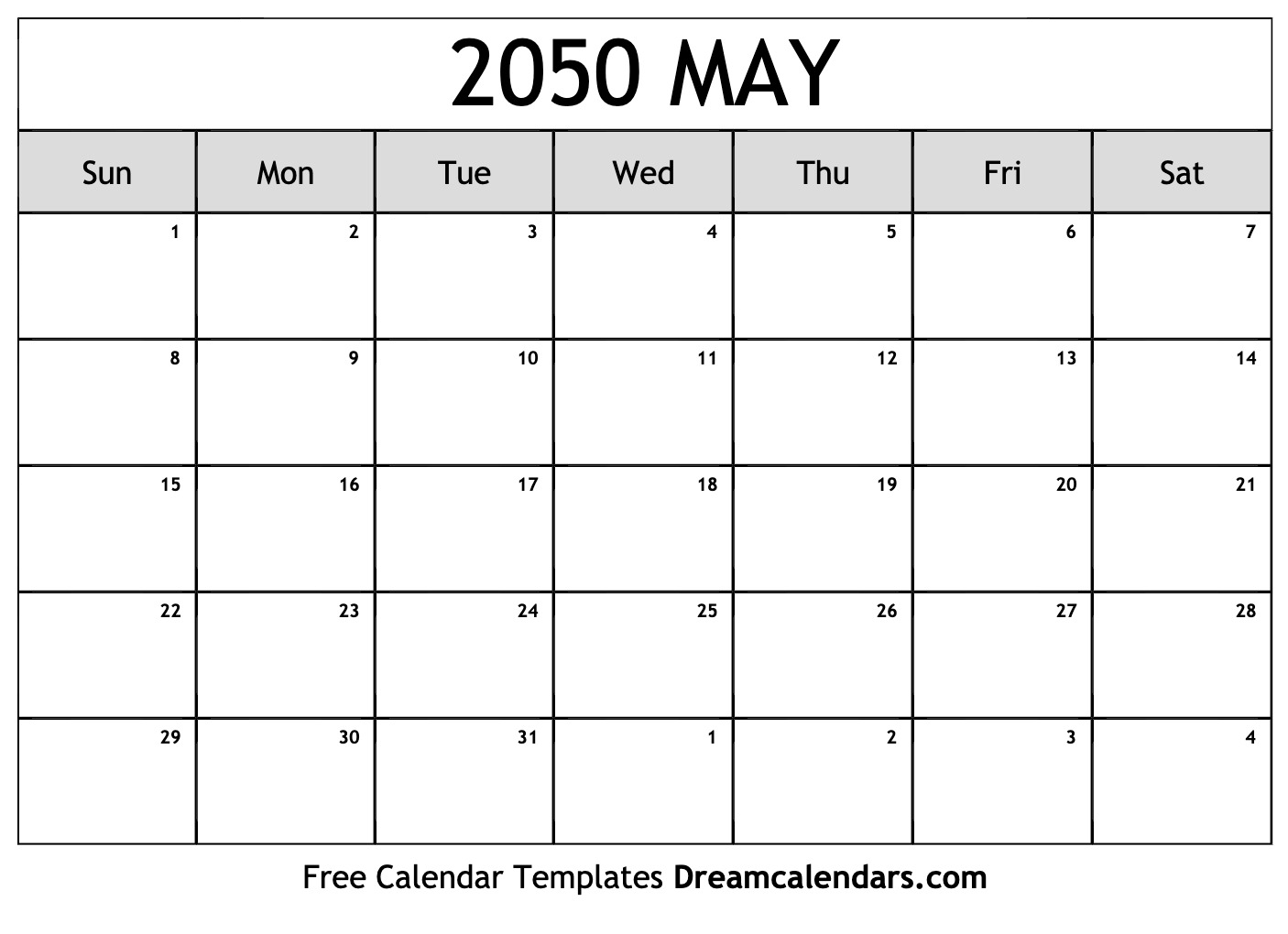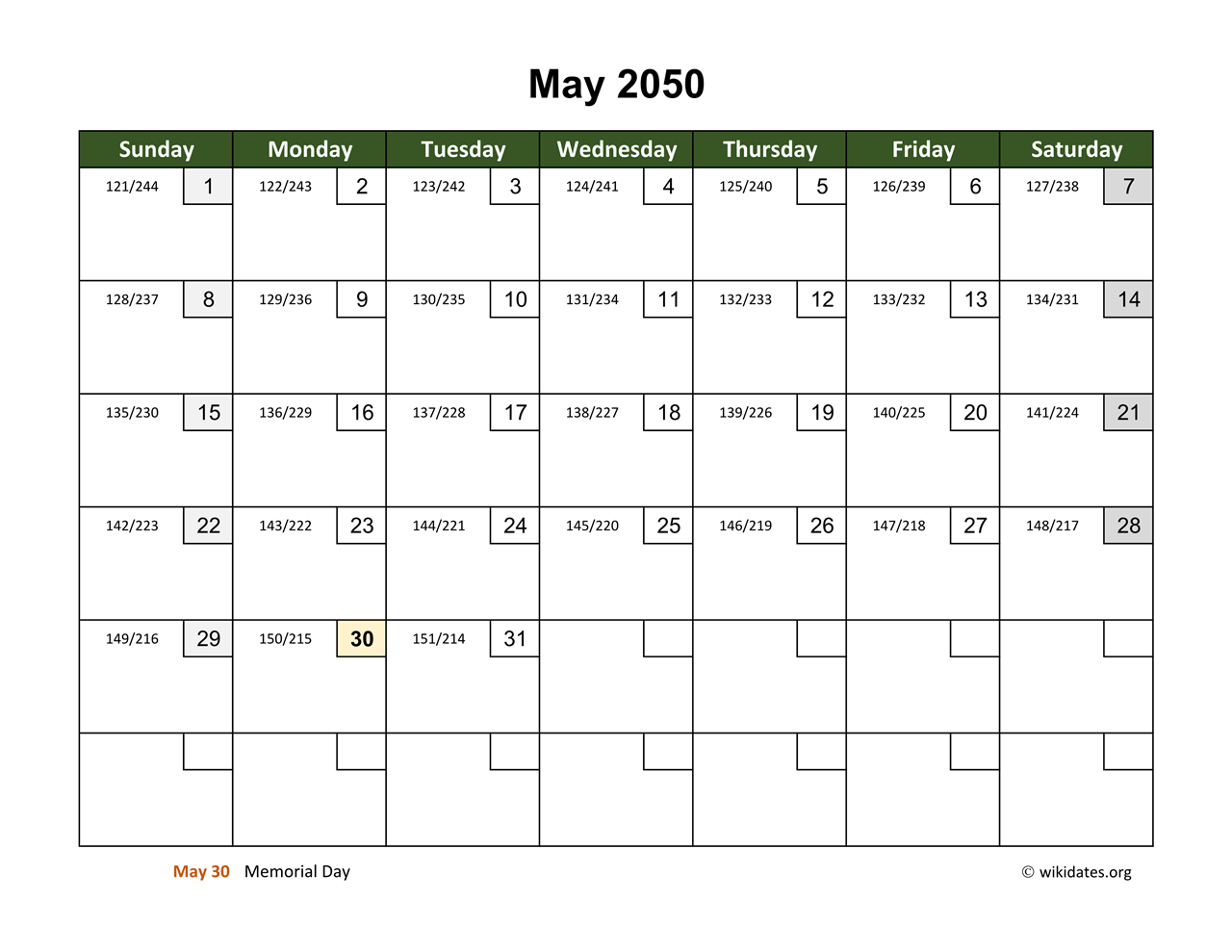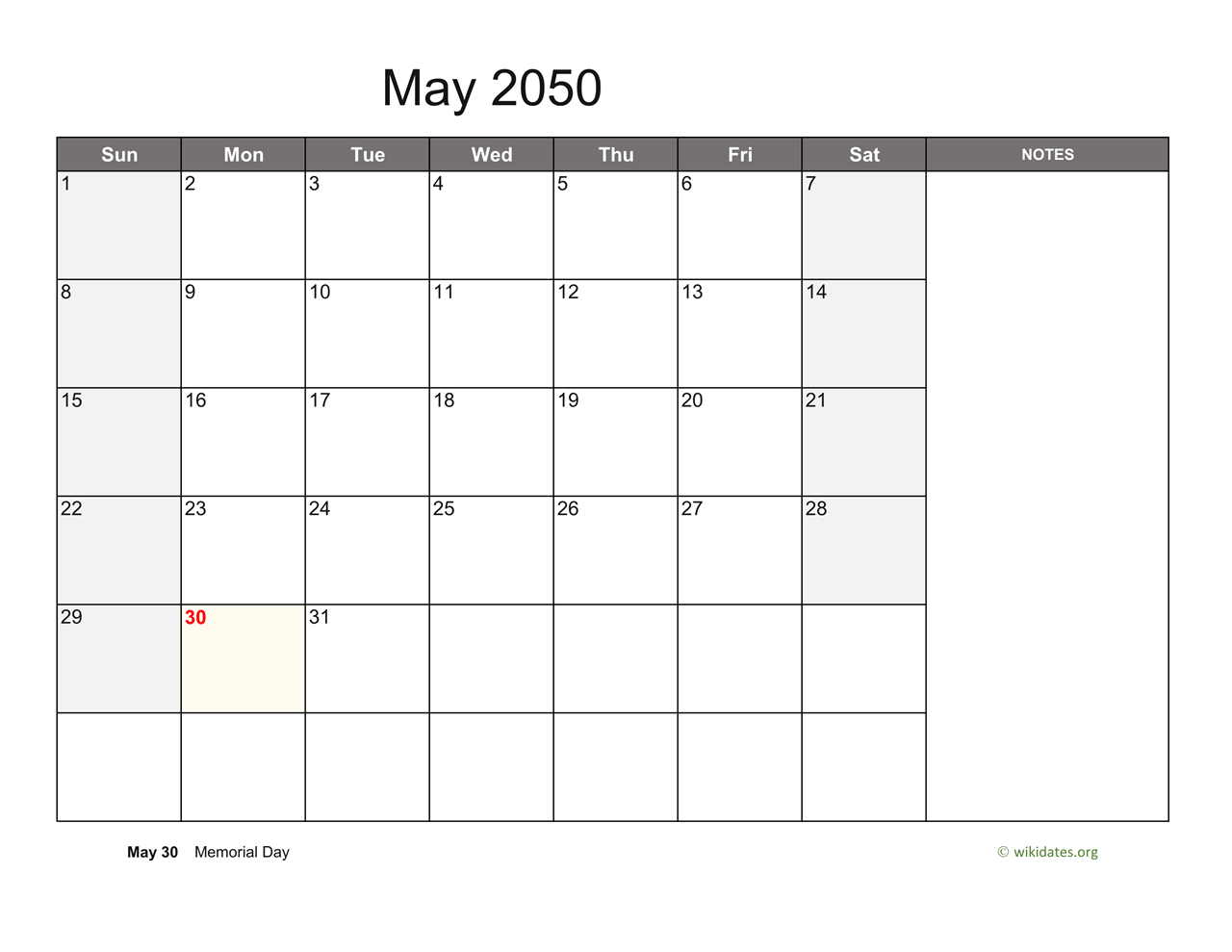
Introduction
calendar may 2050 represents a significant subject within its field, encompassing a range of practices, traditions, or applications that shape daily life and broader cultural or professional landscapes. Understanding calendar may 2050 provides clarity about its background, its present relevance, and the way it continues to influence various aspects of society. This specific temporal marker, while seemingly distant, serves as a crucial benchmark for long-term strategic planning, technological forecasting, and the anticipation of societal shifts. Its examination allows for a deeper comprehension of how future-oriented thinking impacts current decisions and the trajectory of progress across diverse sectors. The implications of this particular month extend beyond mere chronological notation, touching upon themes of sustainability, innovation, and human adaptation to an ever-evolving world.
Definition and Origin of calendar may 2050
The concept of calendar may 2050 refers to a specific month and year within the Gregorian calendar system, which is the most widely used civil calendar globally. May is the fifth month of the year, consisting of 31 days, and 2050 denotes a year in the mid-21st century. The Gregorian calendar itself originated from a reform of the Julian calendar in 1582 by Pope Gregory XIII, primarily to correct the drift of the calendar with respect to the astronomical year, particularly concerning the date of Easter. Its structure, including the naming of months and the concept of leap years, is a product of centuries of astronomical observation, religious tradition, and societal consensus.
The designation of a future date like calendar may 2050 is not about a new calendrical system but rather about using an established framework to project forward. It serves as a fixed point in the future, allowing for the conceptualization and planning of events, projects, and developments that require a long lead time. The origin of thinking about such distant dates stems from humanity’s inherent need to organize time, predict cycles, and prepare for future contingencies. From ancient agricultural societies tracking seasons to modern industrial nations planning infrastructure projects, the ability to project time accurately has been fundamental to progress. Thus, calendar may 2050, while a simple chronological reference, becomes a powerful tool for future-oriented thought, rooted in the historical evolution of timekeeping itself.
Importance of calendar may 2050 Today
The importance of calendar may 2050 today lies primarily in its function as a strategic planning horizon and a catalyst for long-term visioning across various domains. For governments, it represents a target for achieving sustainability goals, such as net-zero emissions, or for completing major infrastructure projects that require decades of planning and execution. International bodies often set benchmarks for climate action, poverty reduction, or technological advancements that extend to or beyond this period. These ambitious targets necessitate meticulous planning, resource allocation, and policy formulation that begin in the present.
In the corporate sector, calendar may 2050 serves as a critical marker for research and development cycles, market forecasting, and strategic investments. Companies involved in emerging technologies, renewable energy, space exploration, or advanced manufacturing often operate on timelines that span decades. Projecting market needs, technological capabilities, and regulatory landscapes for such a distant future is essential for maintaining competitiveness and driving innovation. The automotive industry, for instance, might use this timeframe to envision fully autonomous vehicle ecosystems or new energy propulsion systems.
Academically, calendar may 2050 inspires speculative research and theoretical modeling in fields ranging from climate science and demography to urban planning and artificial intelligence. Researchers examine potential demographic shifts, resource availability, and the impact of technological breakthroughs by this period. For individuals, while not directly planning for the month itself, the broader context of 2050 influences long-term financial planning, career development, and personal goal setting, often shaped by societal expectations and technological advancements anticipated by that era. Therefore, calendar may 2050 is not merely a date; it is a conceptual anchor for envisioning and shaping the future.
Benefits of calendar may 2050
The benefits derived from focusing on a future point like calendar may 2050 are multifaceted, primarily revolving around enhanced foresight and strategic advantage. One significant benefit is the facilitation of long-term strategic planning. By setting a distant temporal target, organizations and governments are compelled to think beyond immediate concerns, fostering comprehensive strategies that address complex, evolving challenges. This encourages the development of robust roadmaps for technological adoption, environmental sustainability, and societal development, preventing reactive decision-making.
Another key benefit is the promotion of innovation and research. A long-term perspective encourages investment in foundational research and experimental development that may not yield immediate returns but are crucial for future breakthroughs. Industries are driven to explore novel solutions for anticipated problems, from energy scarcity to healthcare advancements, with calendar may 2050 acting as a motivational deadline for significant progress. This sustained focus on innovation can lead to transformative technologies and methodologies.
Furthermore, considering calendar may 2050 aids in resource allocation and risk mitigation. Understanding potential future scenarios allows for more efficient allocation of capital, human talent, and natural resources towards projects that offer long-term value and resilience. It also enables the proactive identification and mitigation of future risks, such as climate change impacts, demographic shifts, or geopolitical instabilities, by building adaptive systems and policies today. This forward-thinking approach minimizes future disruptions and enhances societal stability.
Finally, the focus on calendar may 2050 fosters intergenerational equity and sustainability. By planning for a future generation, current actions are viewed through the lens of their long-term impact on the planet and society. This encourages policies and practices that prioritize environmental protection, responsible resource management, and equitable social development, ensuring a viable and prosperous future for those who will inhabit the world in 2050 and beyond.
Applications of calendar may 2050
The applications of calendar may 2050 are extensive, spanning governmental, corporate, scientific, and personal domains, primarily as a framework for future-oriented planning and projection.
In the governmental sector, calendar may 2050 is a critical reference point for national and international policy-making. Governments use this timeframe to formulate long-term climate action plans, setting targets for emissions reductions, renewable energy adoption, and environmental conservation. Urban planners envision cities of 2050, designing sustainable infrastructure, smart transportation networks, and resilient housing solutions. Social welfare policies are also often projected to this period, considering demographic changes, healthcare demands, and educational reforms required for future populations.
For businesses and corporations, calendar may 2050 serves as a strategic horizon for market analysis, product development, and investment strategies. Technology companies anticipate the state of artificial intelligence, quantum computing, and connectivity by this date, guiding current research and development efforts. Energy companies plan for future energy mixes, exploring hydrogen, fusion, and advanced battery technologies. Automotive manufacturers design vehicles and mobility solutions for a potentially autonomous and electric future. Financial institutions develop long-term investment portfolios and risk management strategies based on economic forecasts extending to 2050.
In the scientific community, calendar may 2050 is a benchmark for significant research milestones and predictive modeling. Climate scientists use it to project global temperature increases, sea-level rise, and extreme weather events, informing mitigation and adaptation strategies. Demographers forecast population growth, aging trends, and migration patterns, which are crucial for resource planning and social policy. Space agencies plan long-duration missions and the establishment of lunar or Martian outposts with timelines that often extend to or beyond this period.
On a personal level, while individuals may not explicitly plan for calendar may 2050, the societal and technological changes anticipated by this date indirectly influence long-term career choices, financial planning for retirement, and decisions about family and lifestyle. The collective societal vision for 2050 shapes the opportunities and challenges individuals prepare for, making it an implicit but powerful influence on personal trajectories.
Challenges and Future of calendar may 2050
The challenges associated with projecting and planning for a distant future point like calendar may 2050 are considerable, primarily stemming from the inherent uncertainties of long-term forecasting. One major challenge is unpredictable technological disruption. While advancements are anticipated, the exact nature and impact of future technologies—such as breakthroughs in AI, biotechnology, or quantum computing—can drastically alter societal structures, economic models, and human capabilities in ways that are difficult to foresee accurately today. This makes long-term planning susceptible to rapid obsolescence if not built with extreme flexibility.
Another significant challenge is geopolitical and societal volatility. Global events, shifts in international relations, unexpected conflicts, or major social movements can profoundly impact trajectories set decades in advance. Demographic changes, resource scarcity, and climate migration patterns also introduce variables that are hard to model precisely over a 30-year horizon, potentially rendering current assumptions invalid. The complex interplay of these factors creates a highly dynamic environment that resists static long-term planning.
Furthermore, data limitations and model inaccuracies pose a challenge. Long-term forecasts rely on current data and predictive models, which inherently carry margins of error that compound over time. The further into the future a projection extends, the greater the potential for deviation from actual outcomes. Ensuring the robustness of these models and continuously updating them with new information is crucial but difficult.
Despite these challenges, the future relevance of calendar may 2050, or similar distant temporal markers, remains undiminished. Its utility as a conceptual anchor for future thinking will likely evolve with technological advancements. Artificial intelligence and advanced data analytics will play an increasingly sophisticated role in forecasting and scenario planning, potentially offering more nuanced and adaptive long-term strategies. Digital twins of cities and economies might allow for real-time simulations of future impacts.
The emphasis will likely shift from rigid, fixed plans to adaptive and resilient strategies. Future planning for 2050 will involve continuous monitoring, iterative adjustments, and the development of robust systems capable of absorbing unforeseen shocks. The importance of interdisciplinary collaboration, combining insights from science, technology, sociology, and economics, will also grow to address the complex challenges of the future. Ultimately, calendar may 2050 will continue to serve as a vital benchmark, pushing humanity to think critically about its long-term trajectory and to proactively shape a desirable future.
FAQs about calendar may 2050
Q1: What is calendar may 2050?
A1: calendar may 2050 refers to the fifth month, May, of the year 2050 within the Gregorian calendar system. It is a specific future date used as a conceptual benchmark for long-term planning and forecasting across various sectors.
Q2: Why is calendar may 2050 important?
A2: Its importance stems from its role as a strategic planning horizon. It allows governments, businesses, and scientific communities to set long-term goals, develop comprehensive strategies, and anticipate future challenges and opportunities over a multi-decade timeframe.
Q3: What are the main benefits of calendar may 2050?
A3: Key benefits include facilitating long-term strategic planning, promoting innovation and research, enabling efficient resource allocation and risk mitigation, and fostering intergenerational equity and sustainability by encouraging foresight.
Q4: How can calendar may 2050 be applied in daily life?
A4: While not a direct daily application, the long-term societal and technological changes anticipated by calendar may 2050 indirectly influence personal decisions such as career planning, financial investments, and lifestyle choices, as these are shaped by the broader future context.
Q5: What challenges are associated with calendar may 2050?
A5: Challenges include unpredictable technological disruption, geopolitical and societal volatility, and limitations in data and model accuracy for long-term forecasting. These factors make precise future predictions difficult and necessitate flexible planning.
Tips for calendar may 2050
To effectively engage with the concept of calendar may 2050 and its implications for future planning, several key approaches can be adopted.
Understand the fundamentals. A solid grasp of the underlying principles of long-term forecasting, scenario planning, and strategic foresight is essential. This involves recognizing the difference between prediction and projection, understanding the limitations of models, and appreciating the role of assumptions in future-oriented thinking. Knowledge of current trends in technology, demographics, and climate science provides a necessary foundation.
Focus on practical use. While calendar may 2050 is a distant point, its utility lies in informing present-day decisions. Practical application involves translating long-term visions into actionable short-to-medium-term goals. This requires breaking down ambitious future objectives into manageable phases and identifying the immediate steps necessary to move towards the desired 2050 outcomes.
Stay updated on new trends or research. The landscape of future possibilities is constantly evolving. Continuous learning and staying informed about breakthroughs in science, technology, economic shifts, and social developments are crucial. Regularly reviewing new research, expert analyses, and emerging data helps refine long-term strategies and adapt to new information, ensuring plans remain relevant.
Avoid common mistakes. A frequent error is rigid adherence to initial forecasts without adaptation. Future planning for calendar may 2050 should be dynamic, not static. Another mistake is underestimating the impact of unforeseen events or overestimating the speed of technological adoption. Maintaining a degree of skepticism and building in contingencies are vital.
Adopt a long-term approach. Cultivating a mindset that values sustained effort and incremental progress over immediate gratification is paramount. Achieving significant goals by calendar may 2050 requires patience, persistence, and a commitment to continuous improvement. This long-term perspective also encourages resilience in the face of setbacks and fosters a culture of innovation and adaptability.
Conclusion about calendar may 2050
The continuing importance of calendar may 2050 cannot be overstated. It serves not merely as a chronological marker but as a profound conceptual anchor for humanity’s collective aspirations and strategic foresight. Reinforcing its cultural, professional, and personal significance, this future date compels individuals, organizations, and governments to look beyond immediate horizons, fostering a deep engagement with long-term planning, innovation, and sustainability. Its role in shaping policy, guiding research, and influencing economic development underscores its pervasive impact. While challenges such as technological unpredictability, geopolitical volatility, and the inherent difficulties of long-term forecasting exist, the benefits of using calendar may 2050 as a planning benchmark far outweigh these obstacles. By encouraging adaptive strategies, fostering intergenerational equity, and driving continuous innovation, calendar may 2050 remains a central element of progress and relevance, ensuring that the trajectory towards a desirable future is thoughtfully considered and actively pursued.



.jpg)


Leave a Reply